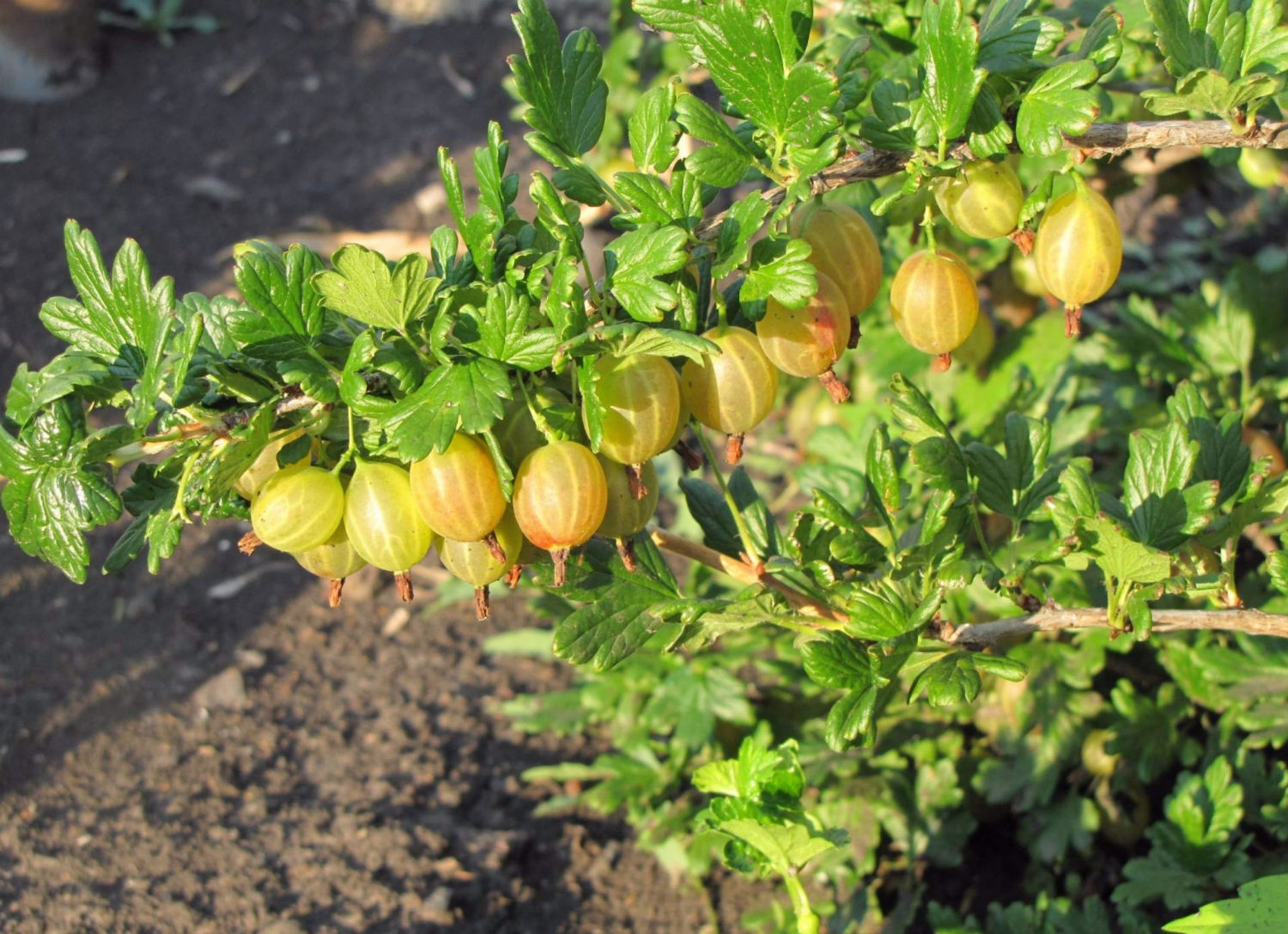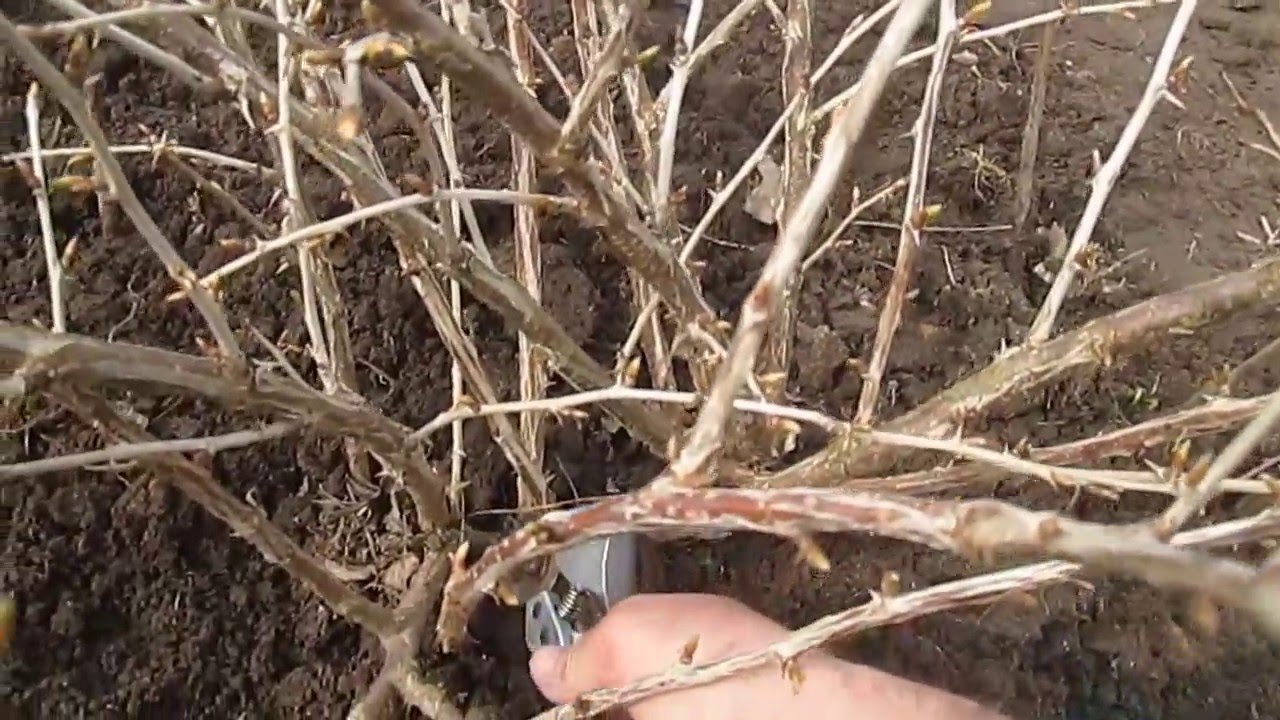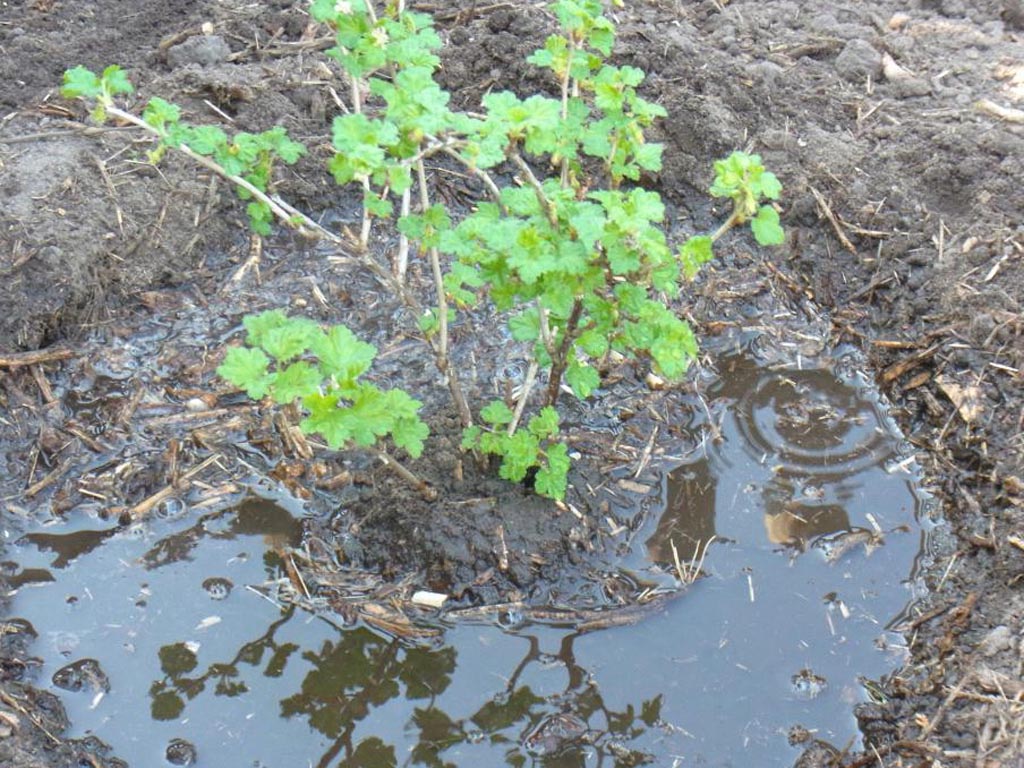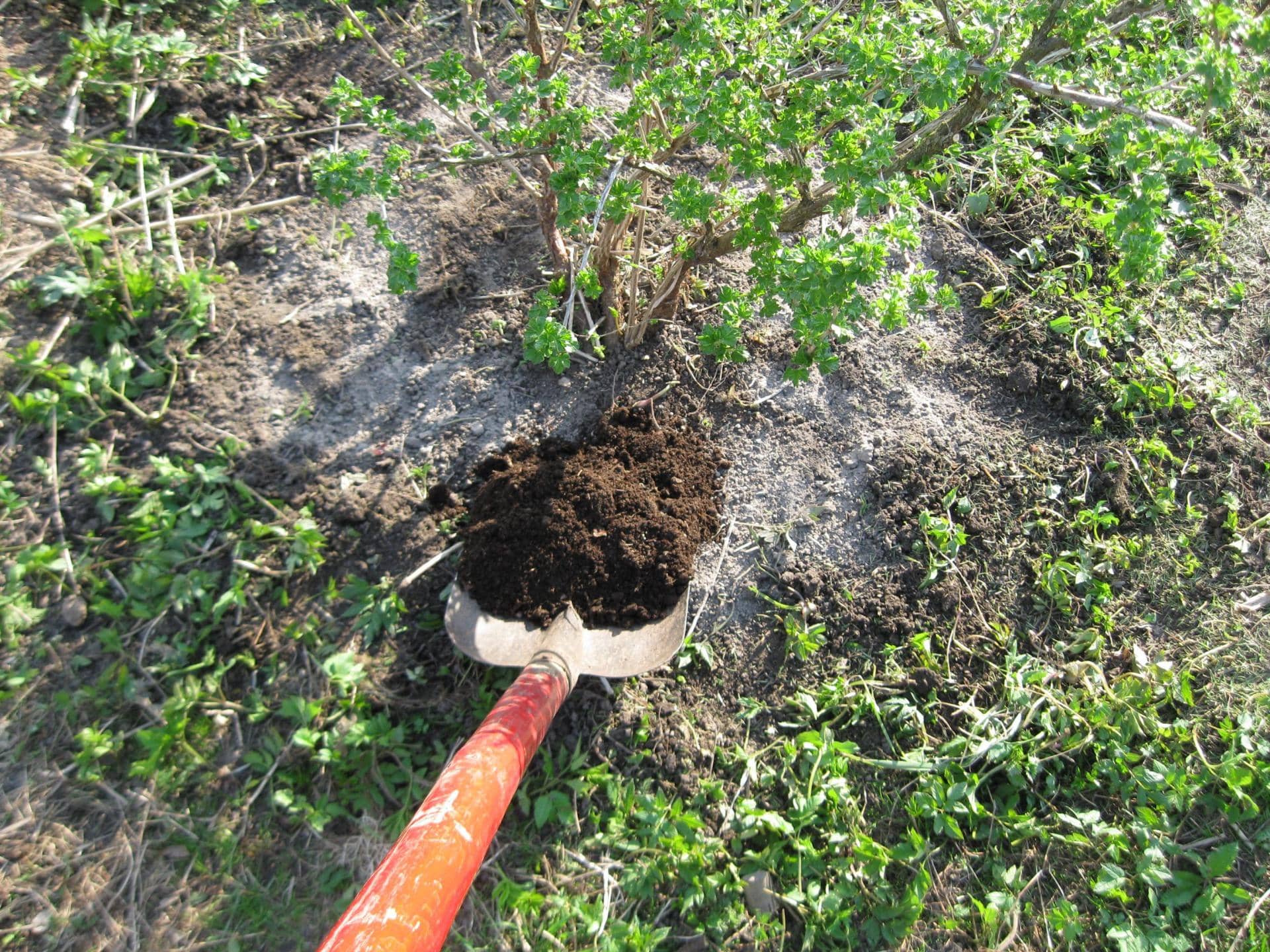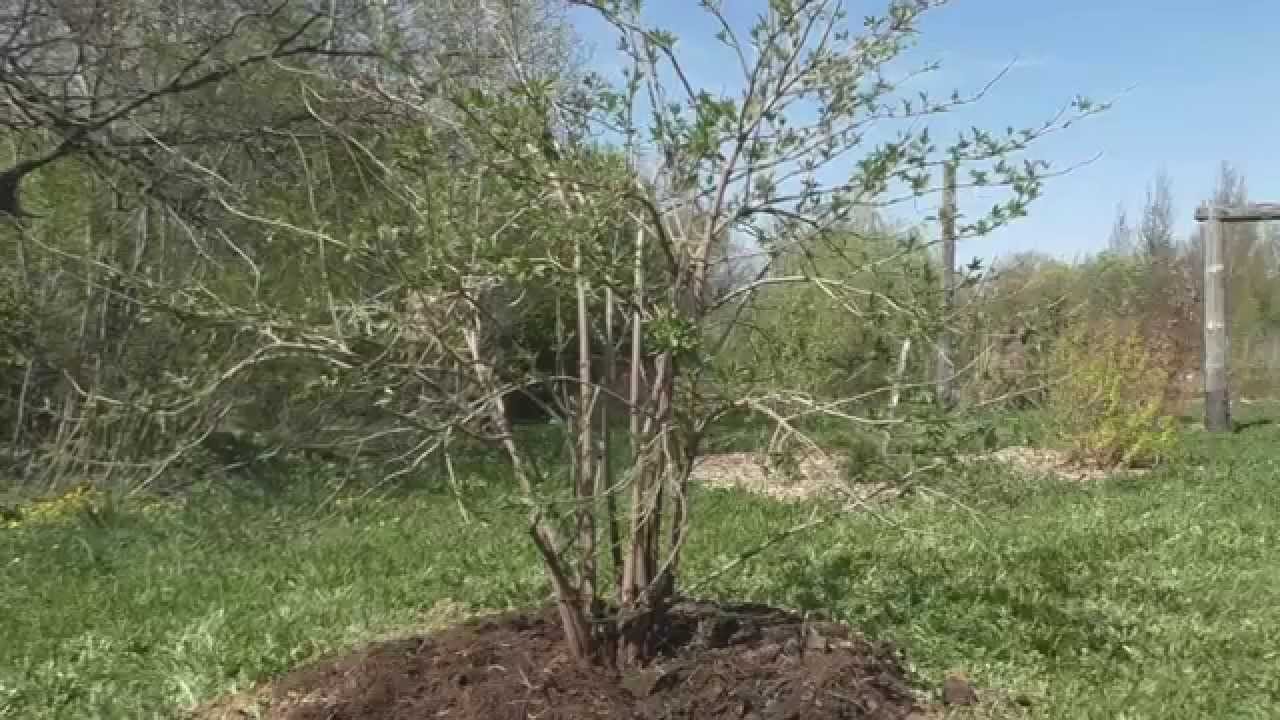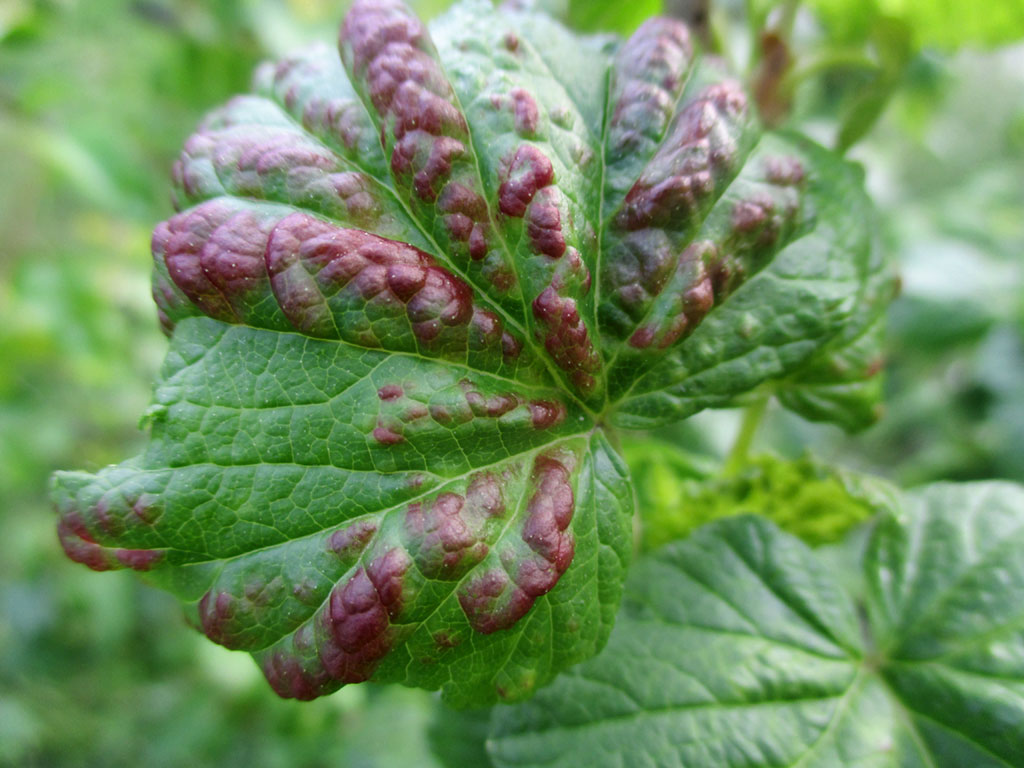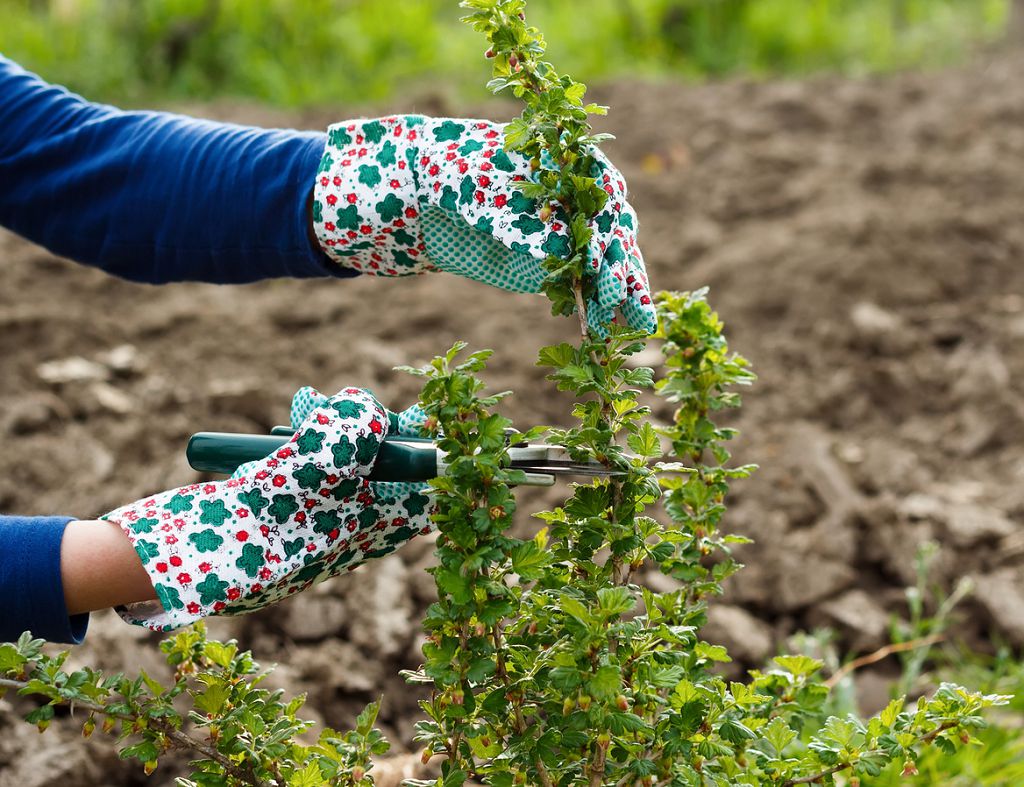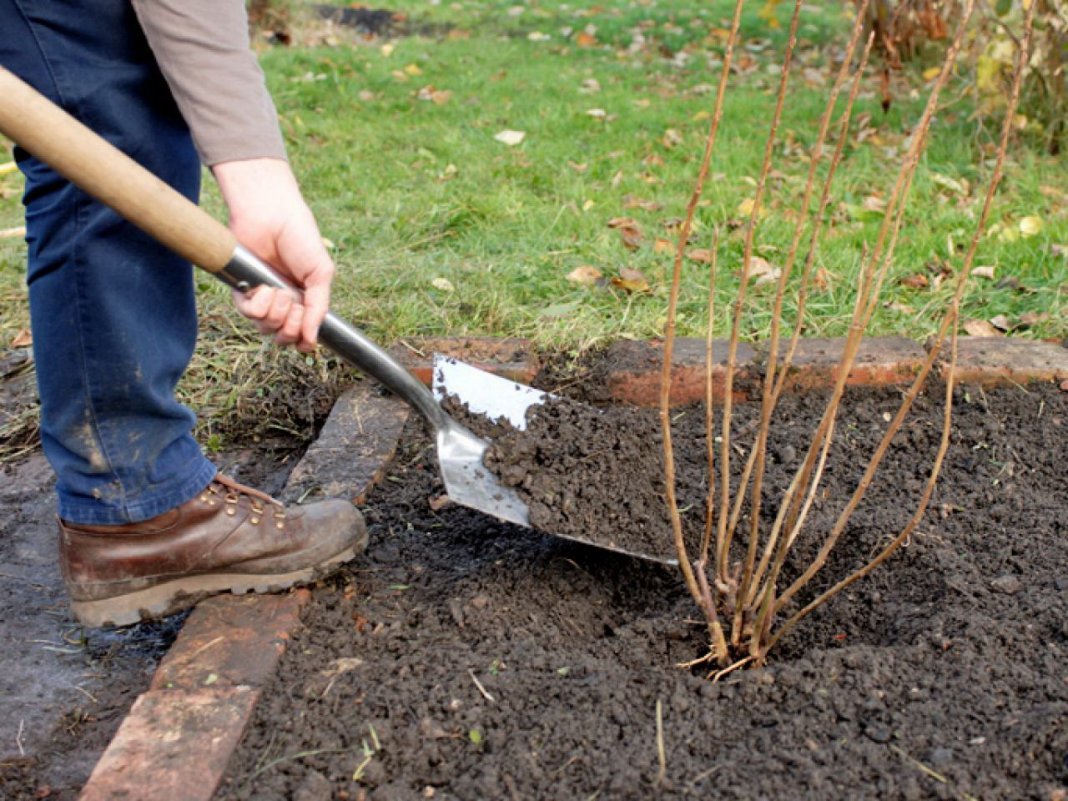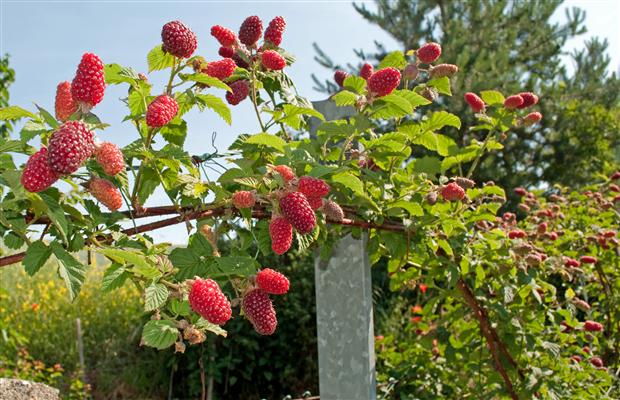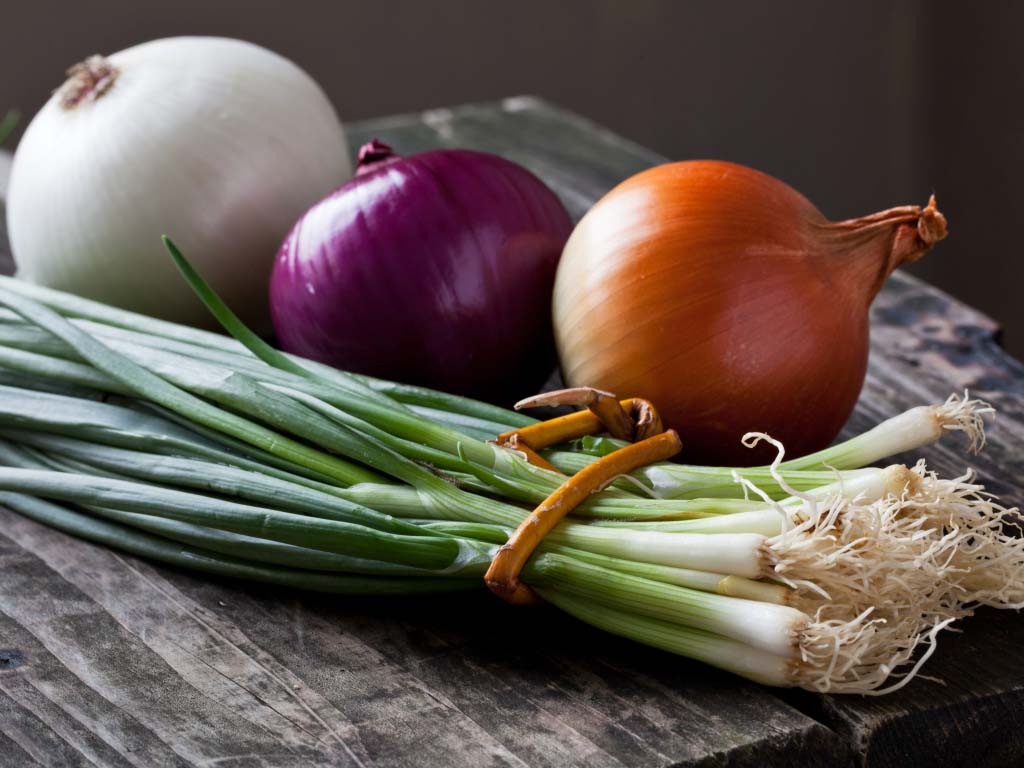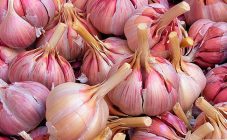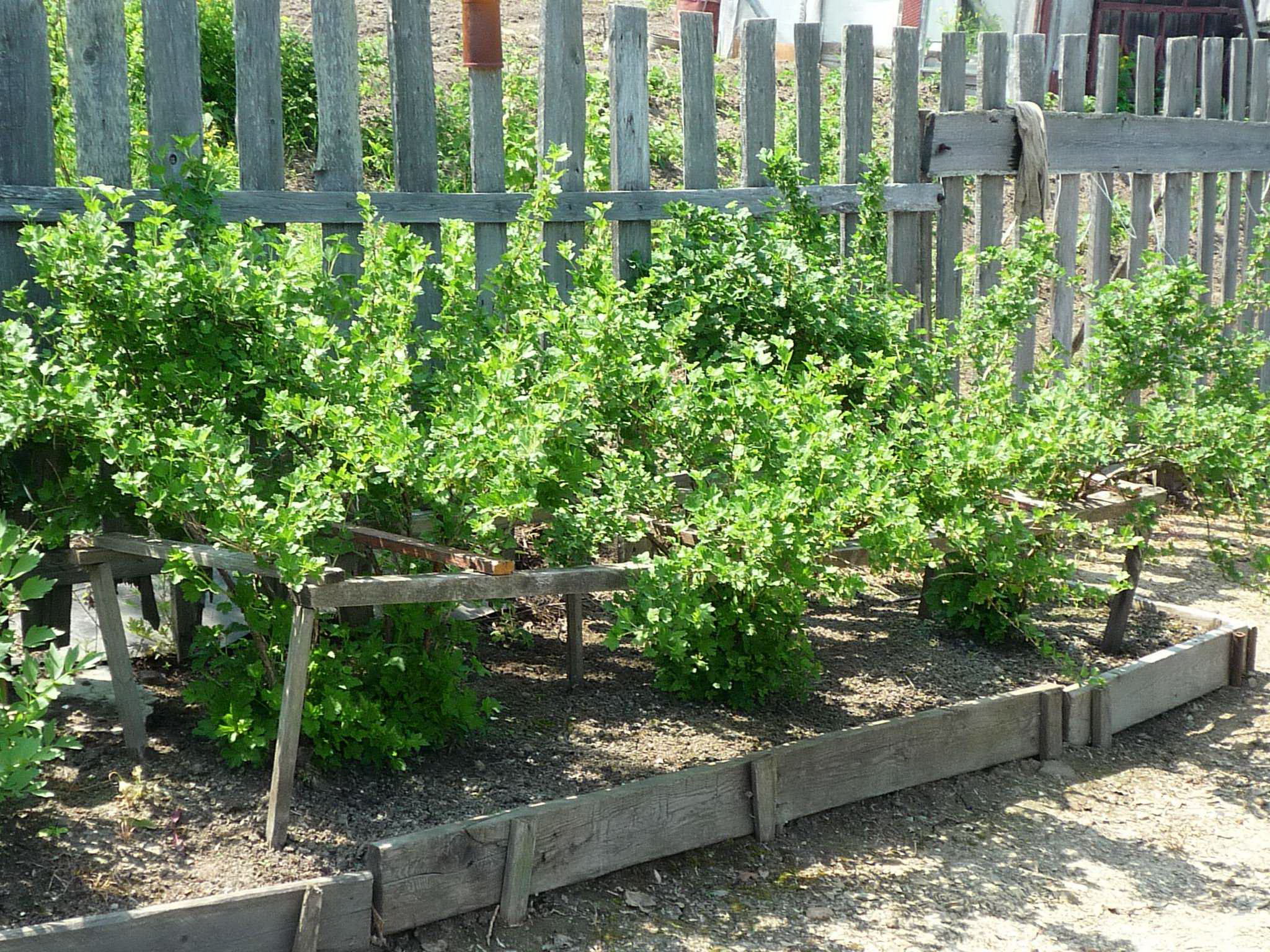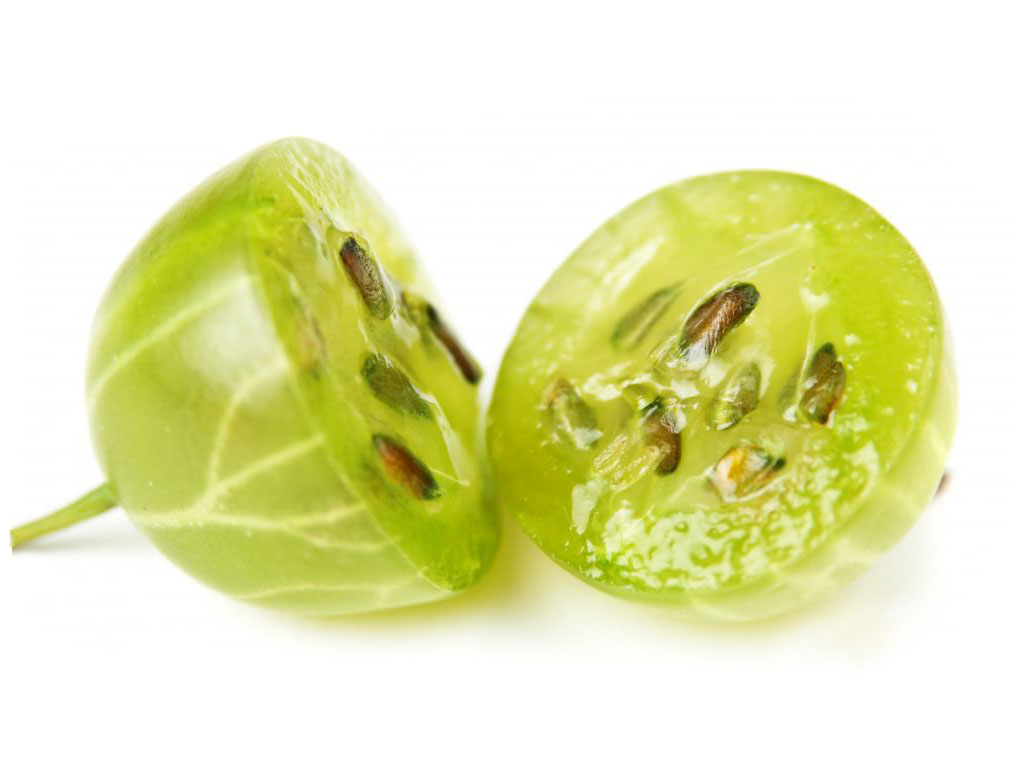Content:
The gooseberry is considered an unpretentious shrub. Gooseberry agricultural technology is not difficult. But for a long life of the berry and worthy annual harvests, culture must be given time. Proper care of gooseberries in spring will provide the owner of the site with a bountiful harvest of sweet fruits, which will give a strong healthy crop.
Culture care
Work on the gooseberry part of the garden begins as soon as the winter months are over. If we are talking about central Russia (for example, the Moscow region), then early gooseberry care is organized from the beginning of March, depending on weather conditions. The snow cover, which has not yet completely melted, does not affect the care procedures.
Gooseberry is one of the first plants to wake up from hibernation. Already at the end of April, you can see small leaves on it. Spring care manipulations should be organized before the juice flows and the buds begin to swell.
If tightened with processing, then the shrub can attack hungry pests. In the spring, pests are looking for food, attacking the first awakened plants.
Spring care consists of the following activities:
- Winter shelter cleaning, garter;
- Pruning activities;
- Watering;
- Loosening;
- Covering the ground with mulch;
- Fertilization;
- Prevention of diseases, insects;
- Transfer.
Shelter cleaning
The shrub is sheltered for the winter in the northern regions of our country, where the winters are severe. There the branches are pressed to the ground, peat, straw, leaves are thrown over them. After that, to preserve heat, the formed mound is wrapped in spunbond. Ordinary film, roofing material are also used. In the middle lane, pre-winter preparation consists in covering the ground under a bush with mulch (hay, grass, fallen leaves, bark).
Winter mulch is removed. It can contain pests. The product is burned away from the garden. The open bush straightens out. It is tied up at will.
Pruning
The very first thing to do is to prune the bush. It is necessary to remove all sick, frail, dry branches with pruning shears. If some of the shoots are frozen, they are also disposed of. Under pruning fall horizontal branches, shoots that have grown at the root.
As a result, several (4-5) of the strongest, not old shoots should remain. They must be aligned in length. Thus, the bush is put in order. When summer comes, it will not look like an incomprehensible thicket. The branches will receive all the necessary nutrients, enough sunlight. Air circulates better in a thin crown. This helps to protect the culture from fungal diseases. After carrying out all the manipulations with the pruner, the sections are processed with garden lime. It will protect the culture from infections.
For pruning gooseberries, the most optimal time is early spring, when the plant is still dormant.However, if the dacha is far from home, and the gardener did not have time to arrive in March, the pruning can be rescheduled. Autumn is suitable for this procedure.
Watering
Gooseberries are not picky about abundant watering. Moisten it only in dry weather. But in the spring, it is best to refresh the soil and bushes. The plant itself is sprayed with boiling water. This must be done on the same day that the trimming was performed. This is an old method that performs two functions: firstly, it awakens the plant, and secondly, it kills pests.
Spring watering should be moderate. 3 buckets of 10 liters are poured under the bush.
In April-May, when the shrub blooms, it can be moistened again. 50 liters are taken per bush. During this time, water is needed to form the fruit.
It is recommended to combine watering the gooseberry with fertilizing, loosening, mulching.
Loosening, mulching
After watering, the soil under the bush is loosened. It is best to perform the procedure with a hoe. It should enter the ground by 6-8 cm. Thus, the soil is filled with oxygen, which goes to the roots. The water permeability of the earth increases.
After loosening, the trunk circle is covered with mulch. Straw, peat, sawdust, crushed tree bark will do. Mulching keeps moisture in the ground longer. In addition, weeds do not break through the mulch.
Fertilization
How to care for gooseberries in springtime yet? An important stage is the application of fertilizers. Gooseberry is a long-liver. He has been decorating the site for several decades. At the same time, it constantly bears fruit. The soil in which the root system of the crop is located is depleted every year. The plant takes up all the nutrients. Therefore, growing a strong plant requires feeding. If fertilized correctly, it will have a beneficial effect on yields.
In the spring months, experienced gardeners recommend several fertilizing crops.
First feeding
It is held in April. You can find out that it is time to feed the culture by the swelling of the kidneys. This means that the plant is awake and needs additional nutrition. For a young plant that is only 2 years old, 40-60 grams of urea is ideal. This volume is designed for one bush. Nitrogen fertilizer has a beneficial effect on plant growth. The granules are embedded in the soil together with the ash.
If the plant is adult, it needs to be fed better. It is recommended to use both organic and mineral substances. The simultaneous use of these fertilizers is allowed. For one bush prepare 2 buckets of nutrient solutions. In the first bucket, 20 grams are bred. superphosphate, 10 gr. potassium, 10 gr. urea. The second bucket contains 1 kg of bird droppings. Instead of droppings, you can take slurry, which is also diluted in water. You can replace this organic matter with 4 kg of compost.
Experienced gardeners feed the bushes using folk methods. For example, for the first feeding of gooseberries, you can mix a kilogram of peelings from potatoes and 100 grams of ash in a 10-liter bucket of water. This feeding is enough for several plants. One bush uses 2-4 liters.
Second feeding
It is carried out during flowering. Half a bucket of rotted manure is mixed with 20 grams. potash fertilizer, half a bucket of humus. Fertilizer is embedded in the soil at a distance equal to the size of the berry crown. The roots of the bush extend to approximately the same perimeter.
Third feeding
It is carried out after the bush has bloomed. The plant is watered with mullein infusion.The fertilizer is mixed with water in proportions of 1 to 5.
After top dressing, the soil is mulched with sawdust, straw, peat.
Prevention and control of diseases, insects
Gooseberry is a good health crop. But the prevention of pests and diseases cannot be neglected. A good result is obtained by spraying the plant with Karbofos, Gaupsin, HOM preparations. You can douse the berry with a garlic infusion from a spray bottle, dust it with wood ash. Pouring boiling water over the bush is also a preventive measure.
Diseases that gooseberries can overcome:
- White spot;
- Anthracnose;
- Powdery mildew;
- Gooseberry mosaic.
The fight against spotting consists in removing damaged leaves, loosening the ground under the bush.
The disease can be defeated if the culture is sprayed 3-4 times with Bordeaux liquid, one percent will do:
- The first time the drug is applied before flowers appear on the plant;
- Second time after flowering;
- The third time 2 weeks after the second spraying;
- The fourth time this must be done as soon as the harvest is completed.
The fight against anthracnose is exactly the same as the fight against spotting.
A disease such as powdery mildew is dangerous. It is difficult to deal with it. Chemistry is recommended. Oxyhom and Topaz preparations are suitable.
Mosaic is considered a rare disease. It is virtually untreatable. The bushes are dug up and burned. The place where they were located is disinfected.
Bush transplant
This step is optional in plant care. The bushes are transplanted only if necessary. This is not difficult to do. The whole procedure takes place early spring, until the sap flow begins.
The shrub is pruned. Dig in around the perimeter of the crown. The roots lie at a depth of 50-70 cm. The plant is dug in at this depth. Next comes the rhizome. There is no need to remove the earth from it. The new place is fertilized with humus. It spills well. The planting hole should be about 50 cm long and 50 cm deep. Planting consists in placing the rhizome in a pit, sprinkling it with earth, another watering, mulching.
Spring crop care in different regions
Many gardeners want to know how to care for gooseberries in the spring in a particular area. Russia is a huge country. In the south, spring comes in February, in the northern regions only in May. Therefore, spring care for gooseberries has features.
Spring is fast in the southern regions. All spring care activities need to be done in just a week and a half. They usually start at the beginning of February. Additionally, the culture must be watered every 2 weeks. One bush consumes 30-50 liters of water.
The middle zone of Russia (for example, the Moscow region) is characterized by a long spring. However, this is not a reason to postpone activities for caring for the berry. Work begins in March.
In Siberia, it is better to wait for the first thaws and only after that do gooseberries. The top tip for northern gardeners is to slowly release the plant from cover. You can do this within a week.
Spring care mistakes
In order to get the maximum yield of gooseberries, spring care must be correct. Otherwise, the summer resident can only harm the shrub.
The most common mistakes gardeners make:
- You can not completely pour water over the bush. He only needs root watering.An exception is spraying the bush with boiling water. In this case, it is necessary to moisten all branches, shoots in order to rid them of pests;
- Pruning should take place before the start of sap flow. If the buds are swollen on the plant, it is better to postpone the procedure.
- All frail, sick, old, dry branches must be cut off. Do not allow the crown to thicken. Insect pests can settle in dense branches. Also, thickets do not allow air to pass through well. The plant can pick up the fungus;
- When loosening, it is better to use a hoe, hoe. It is not recommended to pick up a shovel. The roots of the culture are located near the surface of the earth. When digging up the soil with a shovel, you can damage the root system;
- You need to be careful with fertilizers. Better not to feed than to overfeed. It is recommended to carry out a full cycle of dressings (that is, 3 dressings in spring) once every 2-3 years;
- The use of chlorine-containing fertilizers is not recommended. This element can negatively affect the shrub.
Gooseberry care in the spring can be done by an experienced gardener and a beginner. Spring events do not cause any particular difficulties. The main thing is to do everything in a complex. In this case, the summer resident will be provided with a large harvest of tasty fruits.
